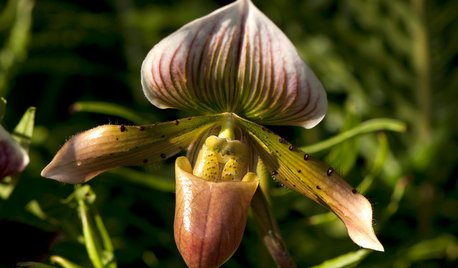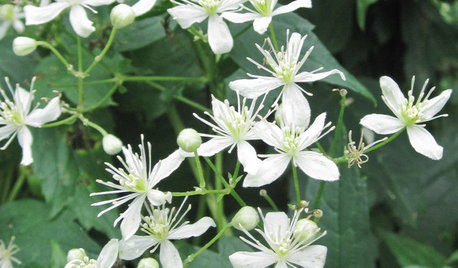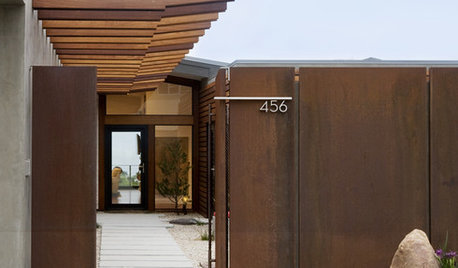I don't have much success with growing clematis.
jumbojimmy
13 years ago
Related Stories

HOUSEPLANTSOrchids 101: Slipper Orchid Success
If you don’t already love Paphiopedilums, learning how to grow them with ease might change your mind
Full Story
PLANTING IDEASGreat Garden Combo: Rose + Clematis for Small-Space Impact
We all need somebody to lean on. And when a rose supports a climbing vine, the results can totally transform a small garden
Full Story
GARDENING GUIDESGreat Design Plant: Clematis Virginiana
Devil’s darning needles, a vigorous vine native to eastern North America, likes partial shade and many types of soils
Full Story
ARCHITECTUREHave It Your Way — What Makes Architecture Successful
Universal appeal doesn't exist in design. The real beauty of any home lies in individualization and imagination
Full Story
MOST POPULAR8 Things Successful Architects and Designers Do
Good architects tell a story and engage the senses. They understand the rules — and know when to break them
Full Story
FURNITURE10 Secrets of Successful Secondhand Furniture Shopping
Design professionals offer tips on how, where and what to buy
Full Story
ORGANIZINGSmall Steps to Organizing Success
Take care of bite-size projects, and your home's big picture will be an organized dream before you know it
Full Story
SALVAGEDIY: Secrets of Successful Upcycling
Learn how to find and customize salvaged pieces and materials to create one-of-a-kind furniture and accessories you love
Full Story
ENTERTAININGEasy Hospitality: 3 Basics for Successful Hosting
Make guests comfortable even if resources are tight by getting these entertaining essentials down pat
Full Story
LANDSCAPE DESIGNSecrets of a Successful Water Garden
Relax. Having a water garden is much easier once you understand the basics
Full StoryMore Discussions







gardengal48 (PNW Z8/9)
Related Professionals
New Bedford Landscape Architects & Landscape Designers · Prairie Ridge Landscape Architects & Landscape Designers · Harvey Landscape Architects & Landscape Designers · Dallas Landscape Contractors · Dunwoody Landscape Contractors · Haverhill Landscape Contractors · Hendersonville Landscape Contractors · Salmon Creek Landscape Contractors · Soddy Daisy Landscape Contractors · Wilsonville Landscape Contractors · Woodland Landscape Contractors · Greenfield Landscape Contractors · Eastlake Landscape Contractors · Maplewood Landscape Contractors · Westmont Ironwork